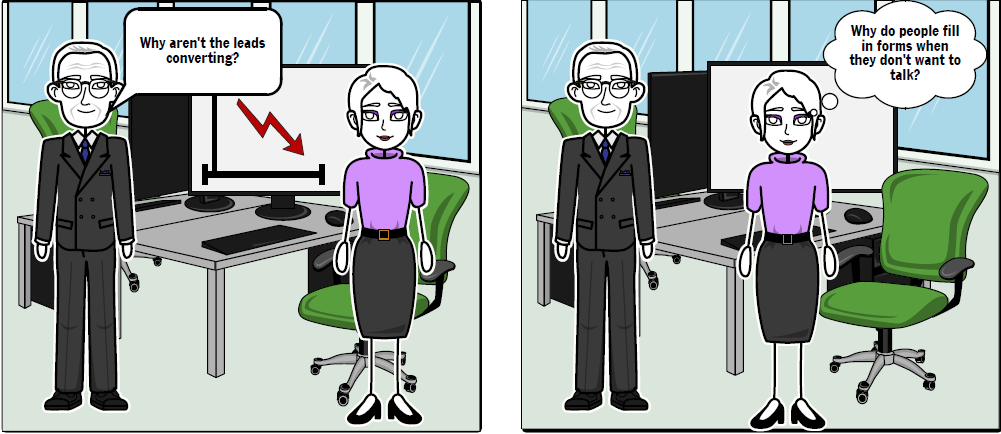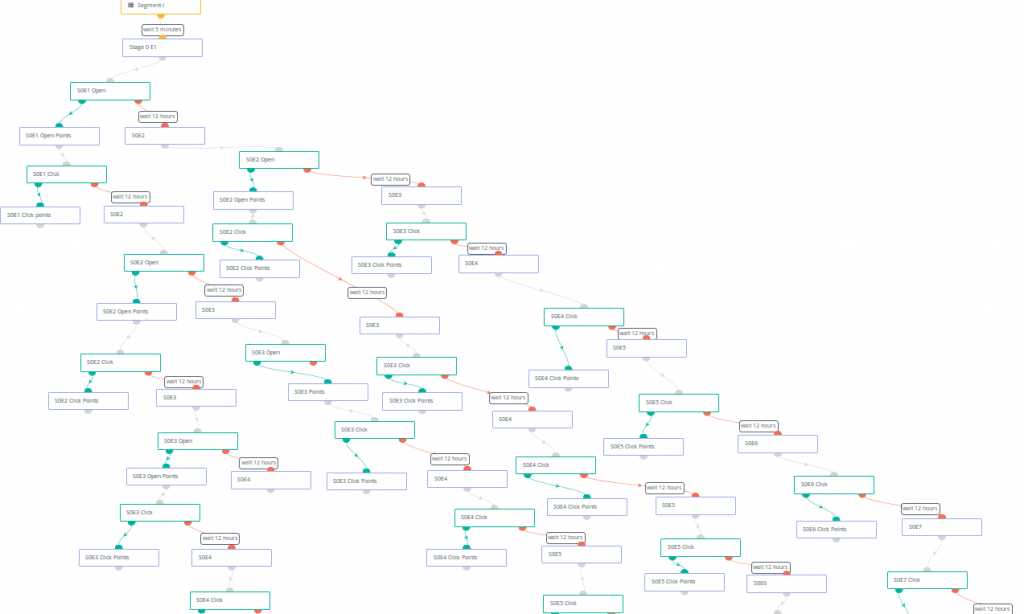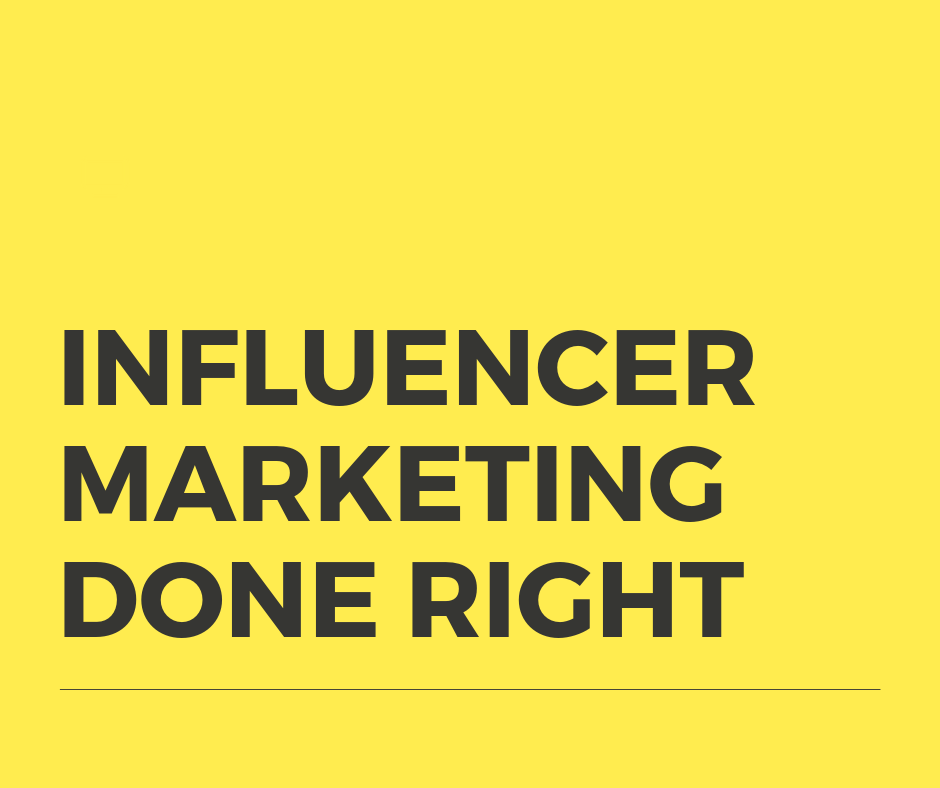
Email marketing automation equals enhanced consumer experience. Therefore, better ROI

Raj stormed into the contact center floor of his office. Hundreds of calling agents dialed away, making their pitch to those who had unwittingly filled up forms on campaign landing pages. Raj was touted to be the next Director of Sales, the brightest sales leader in the organization by far, known for his aggressive pursuits of targets. He had always delivered.
“I see from last weeks’ data that it takes you guys almost 3 hours to call up leads”, he yelled.
“I also see that cold leads are not being followed up enough. Why can’t you call them up every day for 30 days, until they relent and buy the service?”
For the first time Raj felt that he was running out of options. He had deployed the latest in auto-dialing technologies and implemented a robust CRM (what better than Salesforce, right?). He had even thrown in a tiered incentive program – after all when all else fails, monetary incentives drives people. The effect of these was plateauing.
There was an abrupt silence. These were rhetorical questions, for which the team had no answers. The team had been pursuing the leads more vigorously than they ever had. But increasingly, they faced irate customers, who couldn’t care less about the service being pitched. The number of people who did not respond and those who requested their names to be taken off the calling lists had been increasing. Number of those who ‘rudely hung up’ had been steadily increasing, negatively impacting team morale. The calling agents wondered – if they were not interested in the service, why did they fill in the form in the first place! There were no clear answers.
The scene presented above must be familiar to those who have been part of the sales and marketing function. Sales teams are often advised: “Call up a lead, as soon as the lead shows up in your CRM. Preferably within minutes of the lead entering your sales funnel”. Frequency of pursuit of a lead and the swiftness with which the leads are called up are considered to be the Holy Grail in sales. But the wide spread usage of such tactics is leading to consumer fatigue, who simply wish to be left alone – to be able to research, assimilate and decide on their own without being pestered with unwanted calls. What should smart brands do?
Email automation has some of the answers, within the broader gamut of marketing automation.
Here are some pointers from our experience, which might help those in sales and marketing, get the most out of their digital performance marketing campaigns.
- Understand consumer segmentation from their online behavior
A good automation implementation starts from creating logical segments from the visitors’ behavior and history. Automation implementation tracks the visits and behavior even before a visit has become a ‘lead’, i.e., the visitor has been identified with a contactable information (email or phone number). Based on the historical behavior and content consumption, we can understand what stage/segment the visitor belongs to. For example, someone who has visited often, consumed multiple pages of content, watched explainer video, read up testimonials, clicked on offers, read up terms and conditions and so on, is a much more evolved visitor (a higher stage), versus who left the website in under a minute. Finding logical segments is the first step.
- Create automated email campaigns based on the consumer segments
What unique content would persuade a consumer in a particular segment to move further up in terms of conversion? For example, someone who visited 2-3 times but did not transact, might be having issues related to credibility. Feeding him/her with credibility enhancing content, for example, a testimonial video might help. Such thought should translate into an automated email campaign.
- Implement lead scoring to see how consumers in one segment are moving to higher segments
The ultimate goal would be able to move consumers from upstream stages (let us say, the first visit) to the final stage where the person is almost at the transaction stage. Lead scoring helps accomplish this in an objective manner.
- Present content dynamically, to make the entire experience very personalized
Use the historical understanding of each consumer to deliver a more personalized content. Ideally, each consumer should see something different in each of his/her visit. For example, a visitor who visited the ‘designer bags’ section in an e-commerce portal in her last two visits, should be shown a much bigger catalogues of designer bags, and perhaps ‘designer bags on offer’ banner automatically. This is all possible!
- No, this does not mean we can replace calls. Get more experienced calling agents to pursue those who are ‘almost there.’
Get the best of your tele-sales team to pursue the select few who have made progress. The sales team can now focus on a few ‘hot’ prospects, who are as willing to discuss as the telesales professional pursuing his targets! This implies a lower contact center strength/prospects ratio, resulting directly in better ROI
What could this implementation look like?
Several tools exist. We @GenY Medium have been implementing email automation for various customers and have a preference for open source tools such as Mautic. Other tools we use include Act-on, Hubspot and Leadsquared.
A sample workflow might look as complicated as the one shown below. This workflow does not need incentives or motivational talk. This just works!
What do we achieve with this?
- The brand is not intruding as much. And that is a good thing.
- The communication is personalized. Not a one-size-fits-all marketing spiel
- The brand is able to deploy less number of agent, but higher quality agents, who can persuade and convert those who have evolved as a result of the automation program.
- Every interaction whether it is on email or the website is scored. So, you have all this rich data to analyze. Go figure creative ways to use these insights.
Brands should evolve with the consumers – if they wish to be “left alone”, the brand needs to respect that. And that my friends, is the most important point to consider while implementing email automation.






